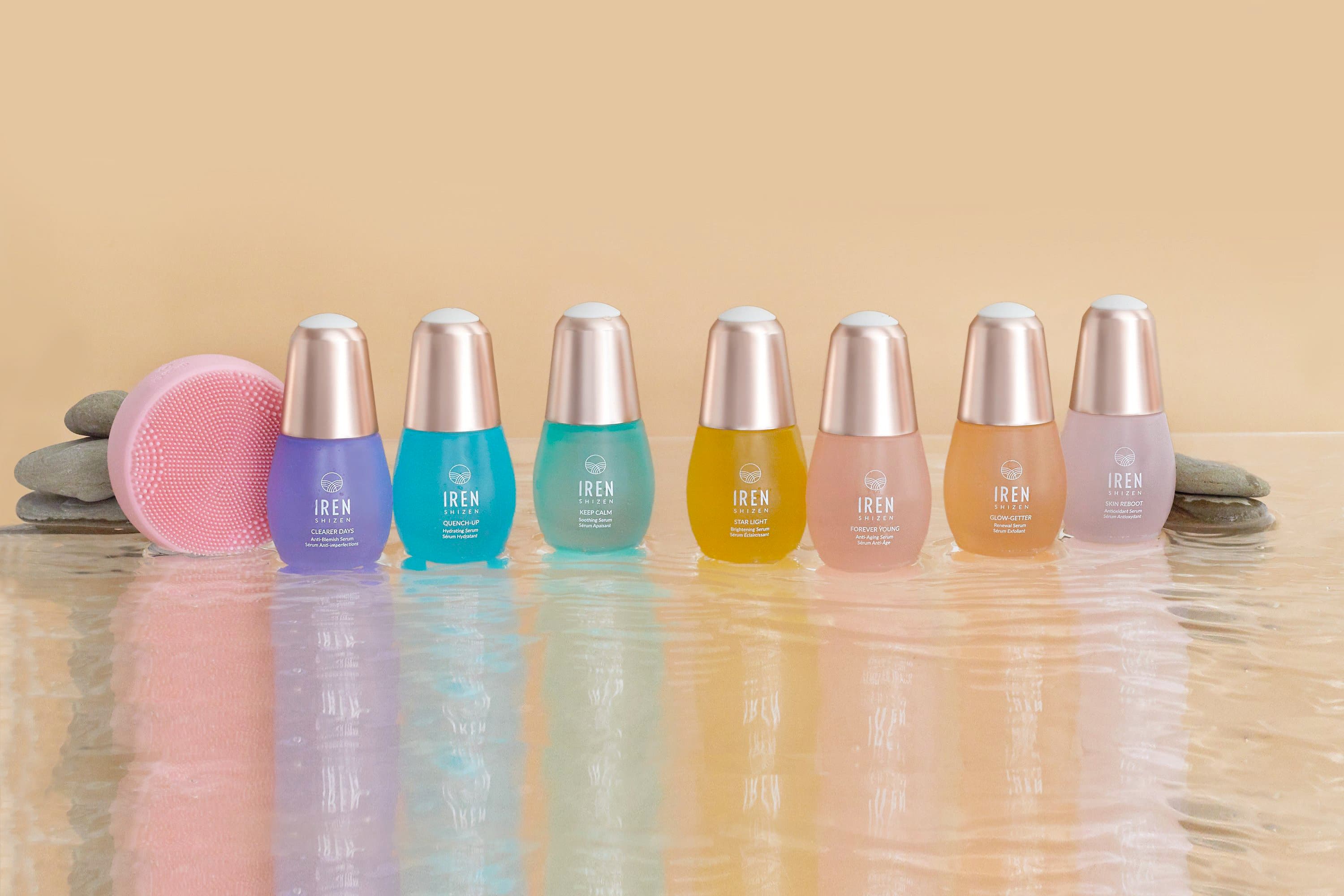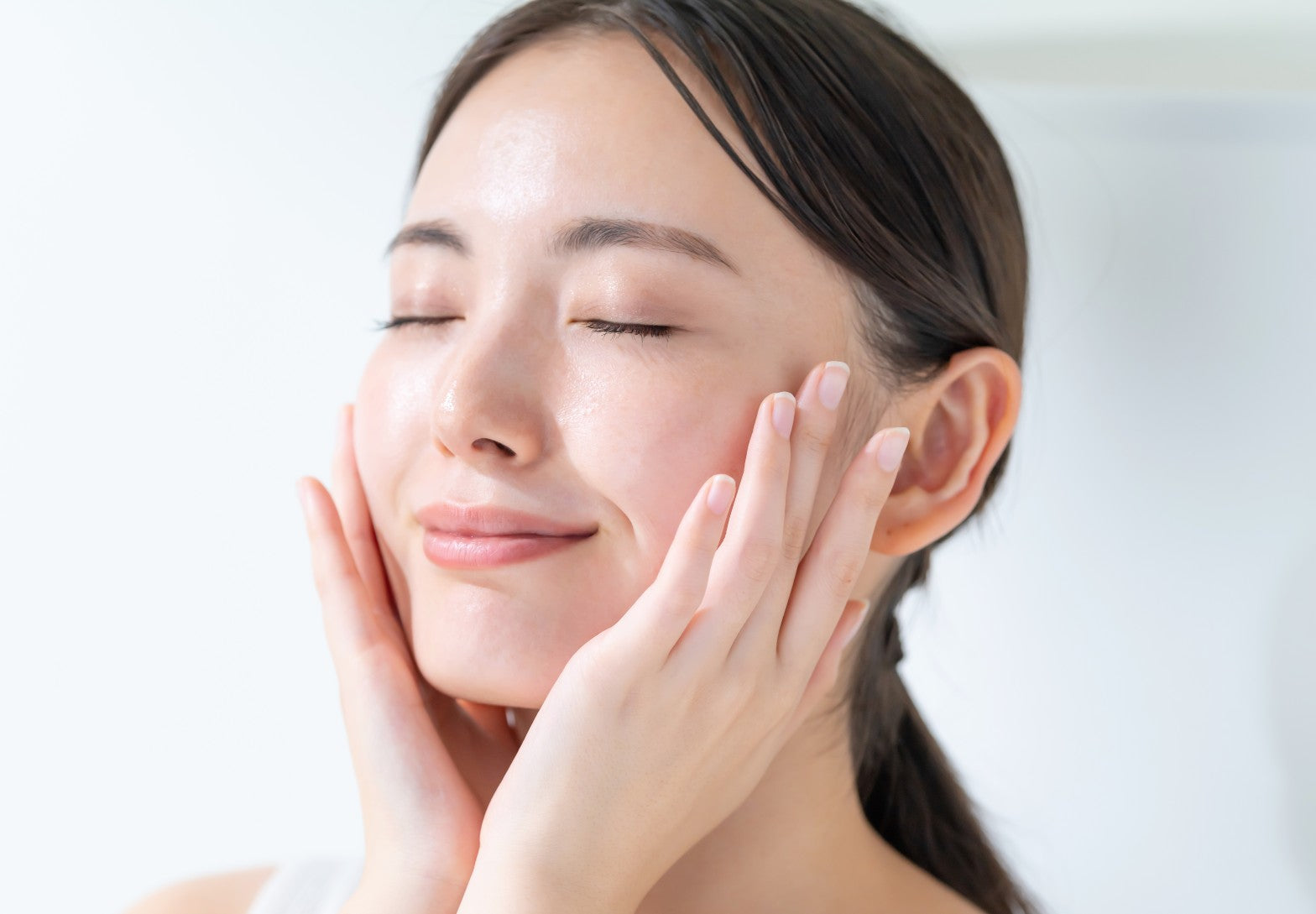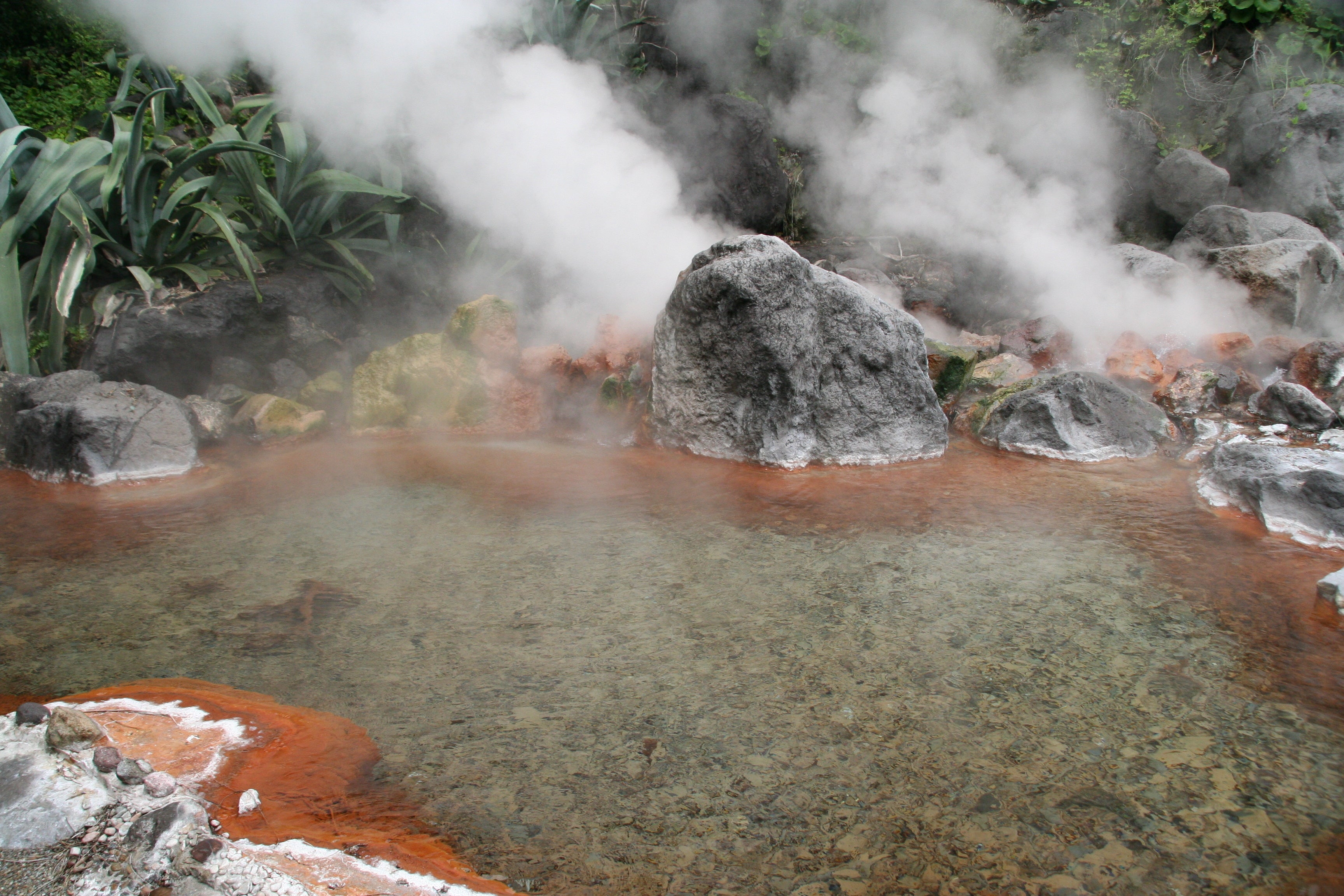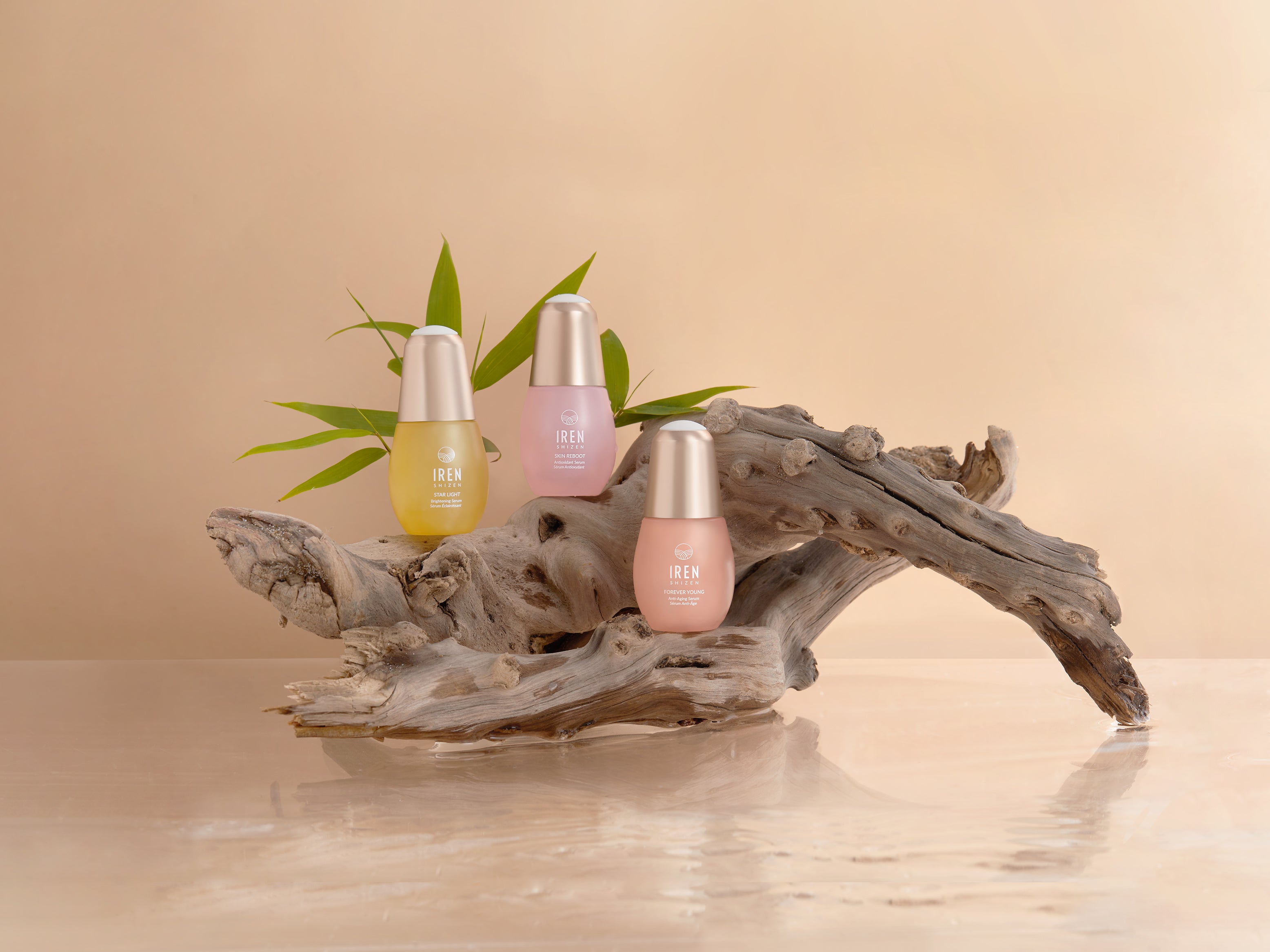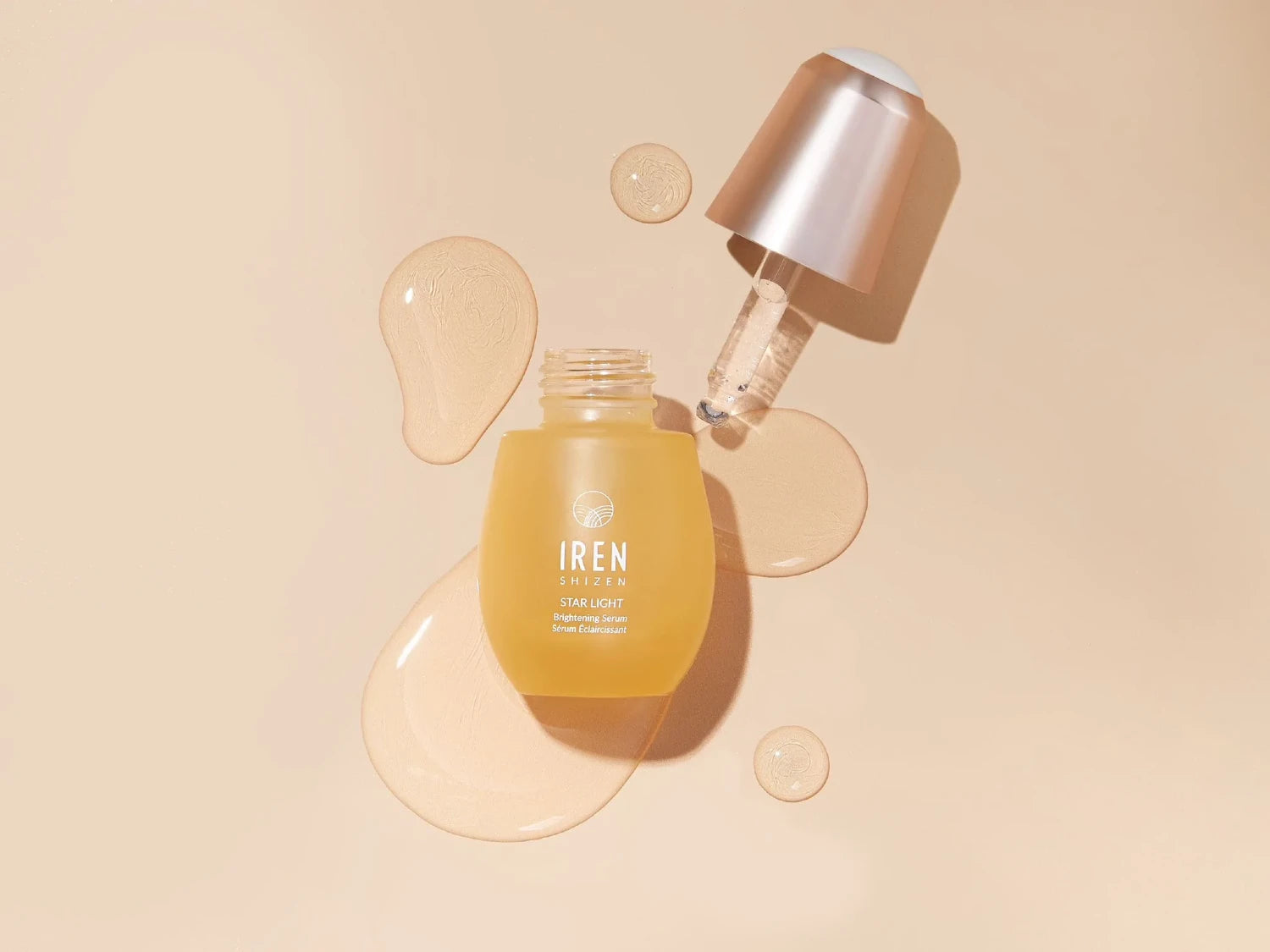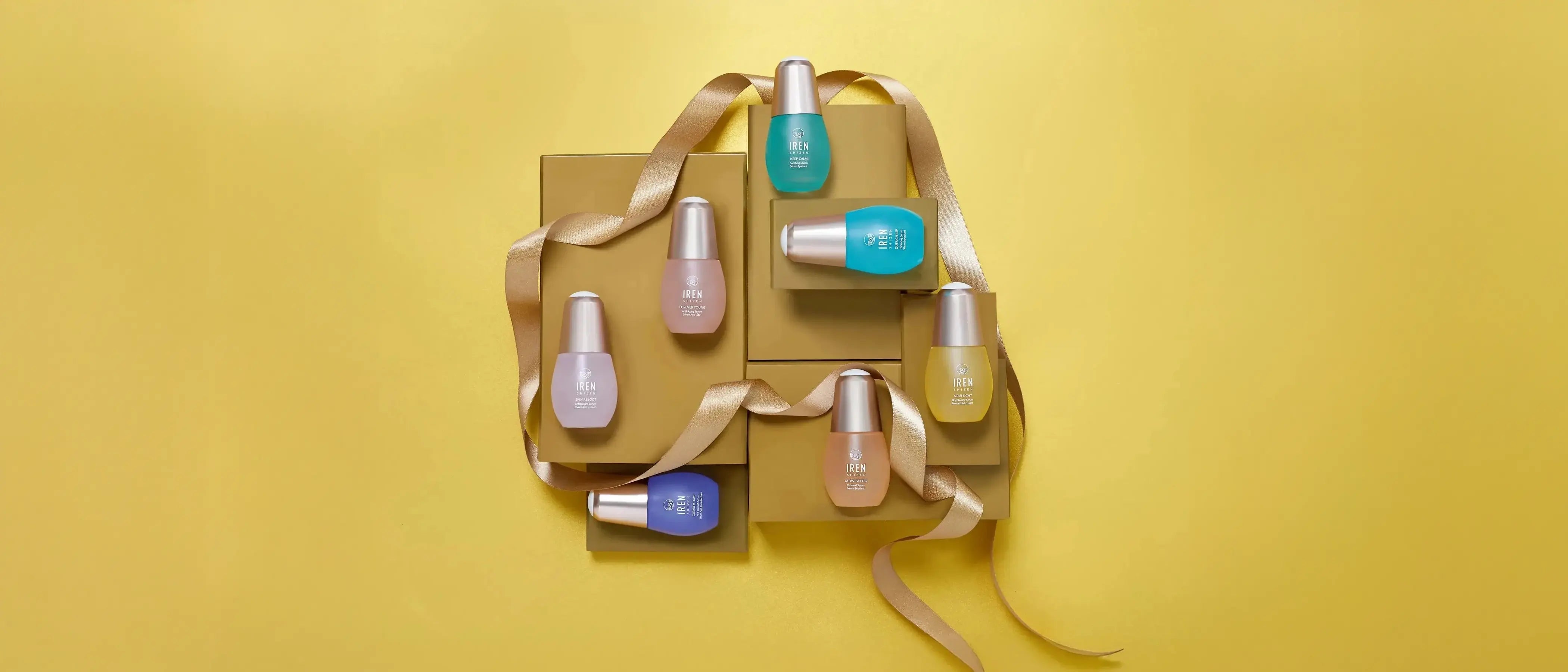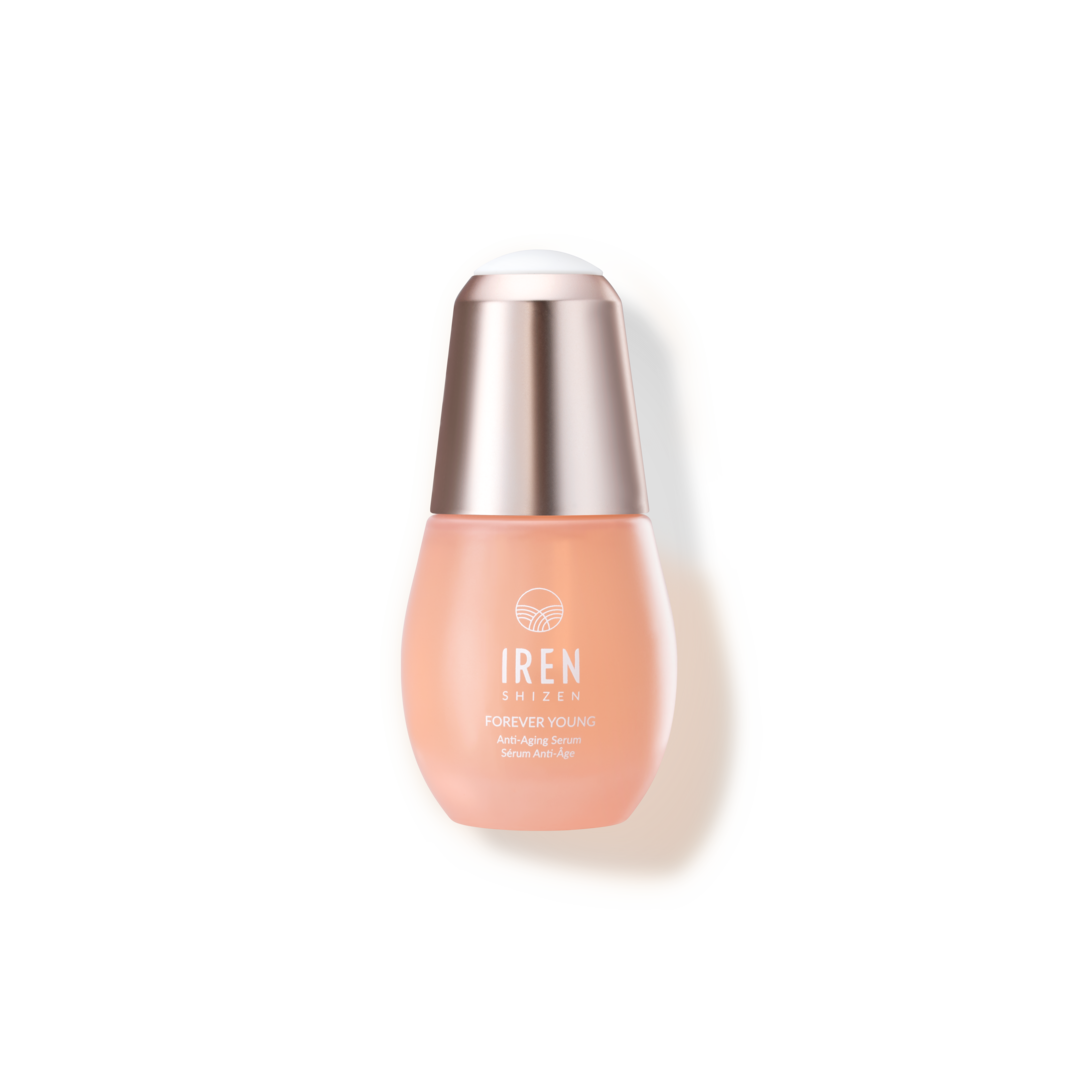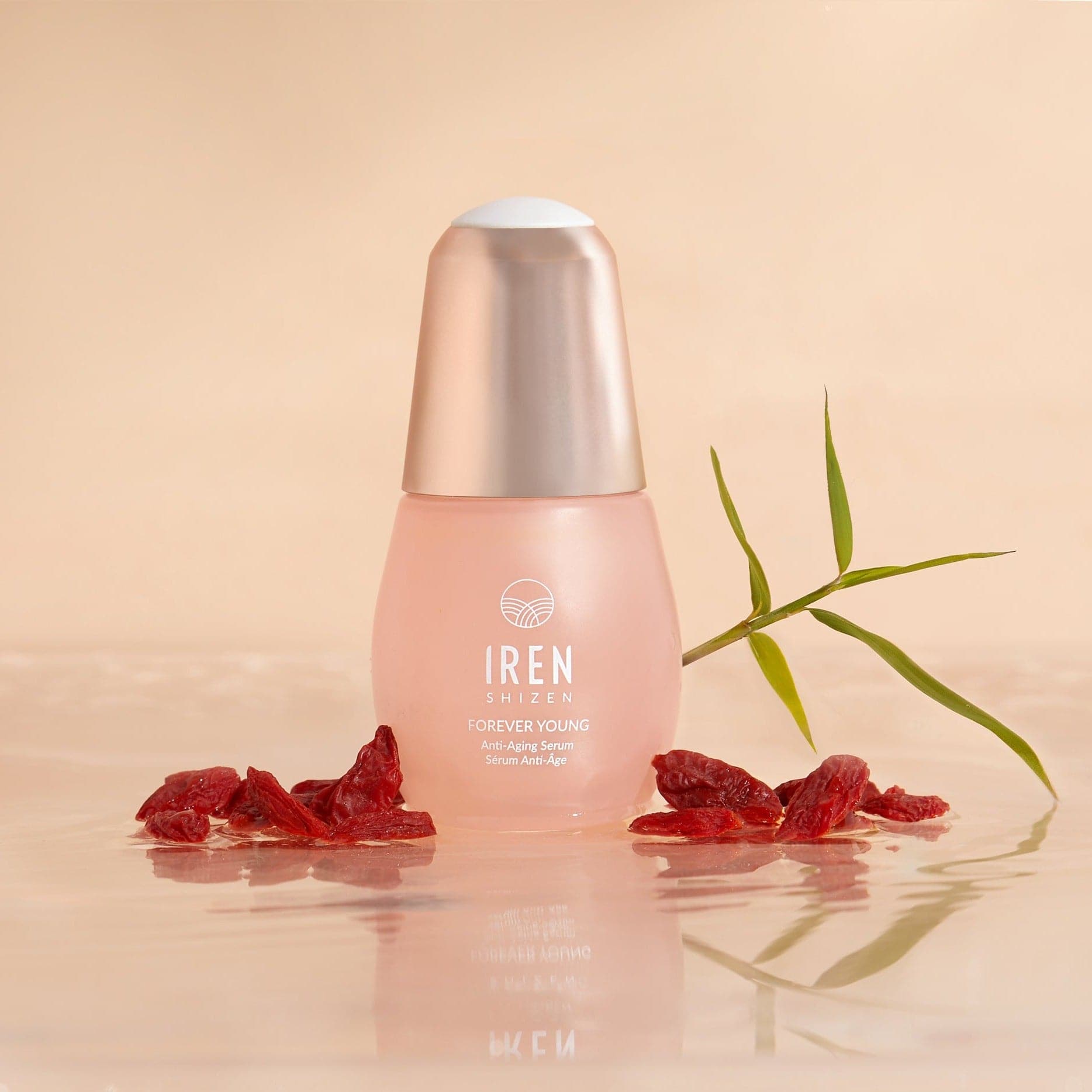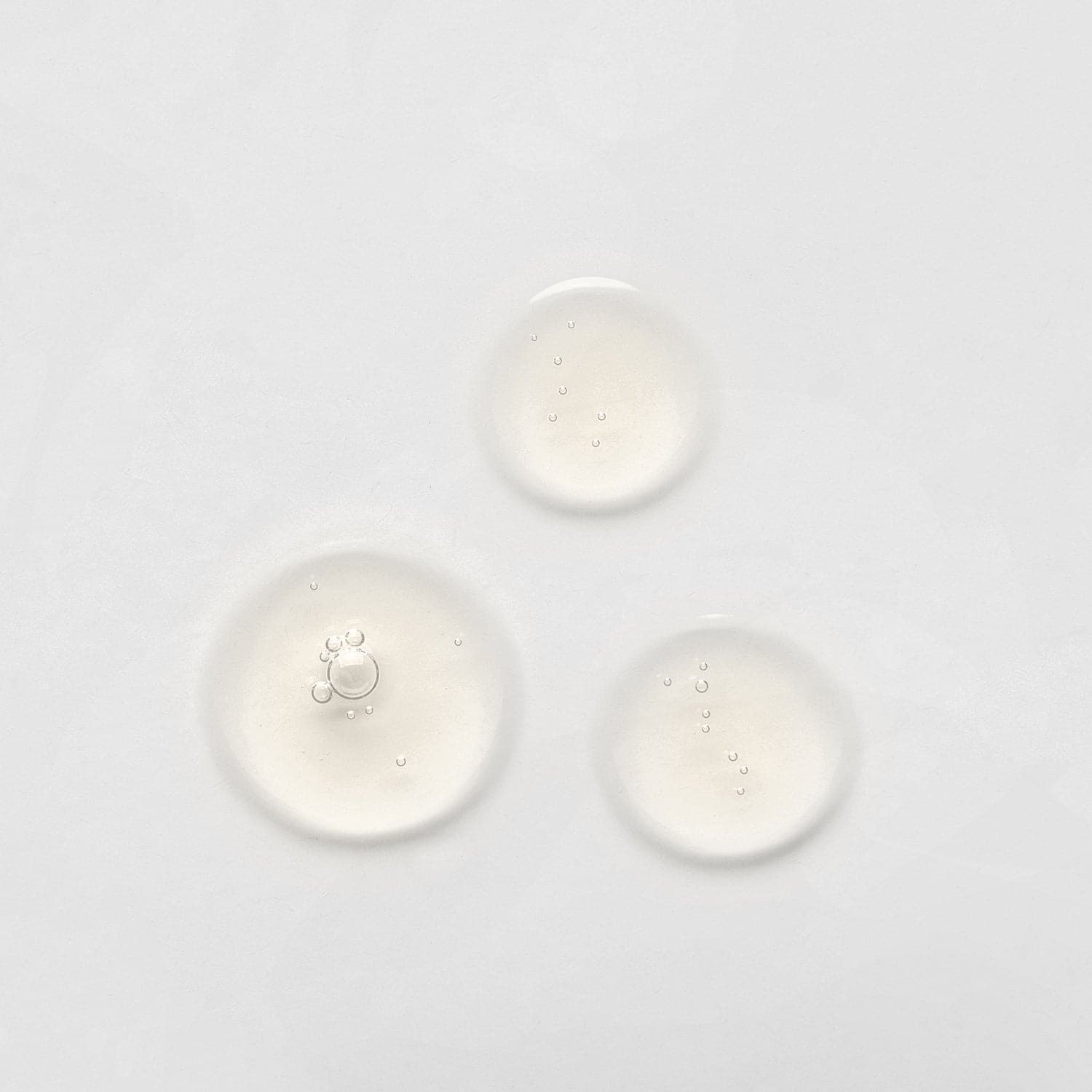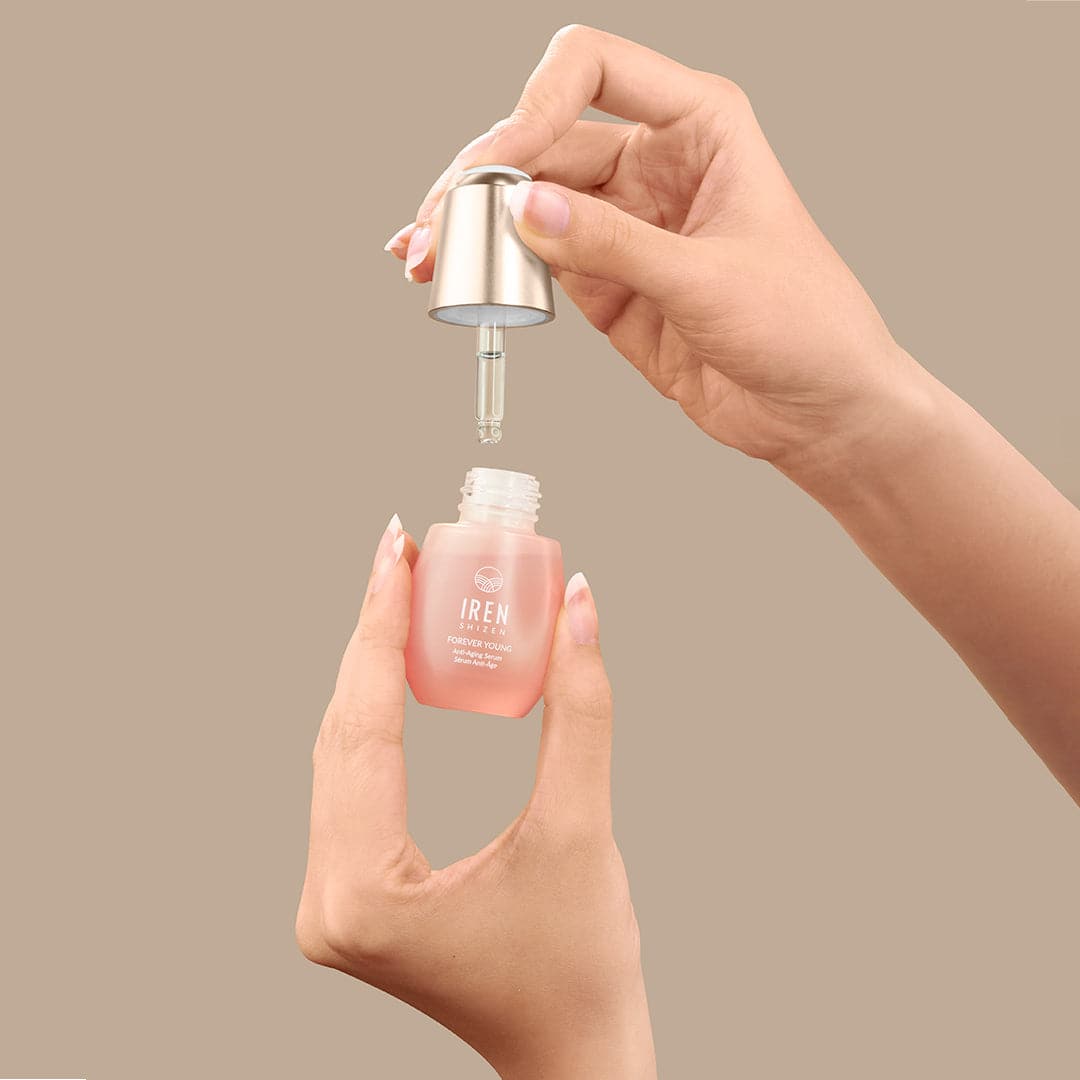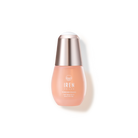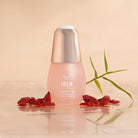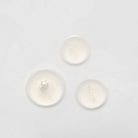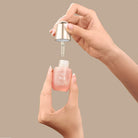HISTORY
In Japan, sea moss have long been appreciated in the context of Thalassotherapy (marine healing), a practice that harnesses seawater and marine extracts for their restorative properties. During the Edo period (1603–1868), coastal communities in Okinawa and Kyushu were already harvesting red seaweed varieties as part of their holistic health routines. Japanese women, known for their radiant and youthful skin, traditionally incorporated sea moss extracts into their beauty regimens to soothe, moisturize, and rejuvenate the skin.
SCIENCE
Kappaphycus alvarezii (sea moss extract) owes its skincare superpowers to its unique molecular structure, rich in naturally occurring sulfated polysaccharides—especially carrageenan. When applied to the skin, these polysaccharides form a soft, breathable film that locks in moisture and prevents transepidermal water loss. This protective layer gives skin a hydrated, plump appearance, making it an ideal ingredient for anyone struggling with dryness or a compromised skin barrier. In fact, a clinical study published in Marine Drugs reported that formulations with Kappaphycus extract improved skin hydration by up to 28% in just two weeks.
Beyond moisture retention, Kappaphycus alvarezii also serves as a potent antioxidant source. It contains a natural cocktail of polyphenols, flavonoids, and vitamins A, C, and E—all of which are known to combat oxidative stress and free radical damage. These antioxidants play a crucial role in preventing premature aging by neutralizing environmental aggressors. In a four-week clinical trial, regular application of Kappaphycus extract was shown to visibly reduce the appearance of fine lines and wrinkles by up to 19%, highlighting its promise as an anti-aging active.
What’s more, recent Japanese studies have uncovered an unexpected benefit of this red seaweed: its ability to support the skin’s microbiome. Topical application of Kappaphycus extract has been shown to enhance barrier function while helping to maintain a balanced skin flora, reducing common signs of sensitivity like redness and irritation. This makes it especially valuable for people living in urban environments where pollution and stress can easily disrupt the skin's natural defenses.
Sustainability is another reason why Kappaphycus is gaining favor among clean beauty brands. Cultivated in controlled marine farms in Japan’s nutrient-rich coastal waters, it requires no fertilizers or pesticides and actually helps to purify the ocean by absorbing excess nutrients.
REFERENCES
- Dolorosa, M. T., Purwaningsih, S., & Anwar, E. (2020). Utilization of Kappaphycus alvarezii and Sargassum plagyophyllum from Banten as cosmetic creams. In IOP Conference Series: Earth and Environmental Science (Vol. 404, No. 1, p. 012008). IOP Publishing.
- Nunes, A., Azevedo, G. Z., de Souza Dutra, F., dos Santos, B. R., Schneider, A. R., Oliveira, E. R., ... & Lima, G. P. P. (2024). Uses and applications of the red seaweed Kappaphycus alvarezii: a systematic review. Journal of Applied Phycology, 36(6), 3409-3450.
- Shafie, M. H., Kamal, M. L., Zulkiflee, F. F., Hasan, S., Uyup, N. H., Abdullah, S., ... & Zafarina, Z. (2022). Application of Carrageenan extract from red seaweed (Rhodophyta) in cosmetic products: A review.Journal of the Indian Chemical Society,99(9), 100613.

